Exclusives

PLANOPEDIA
What Is the Clean Water Act?
The primary environmental law to regulate water pollution in the United States, the Clean Water Act, went into effect 50 years ago, on October 18, 1972.
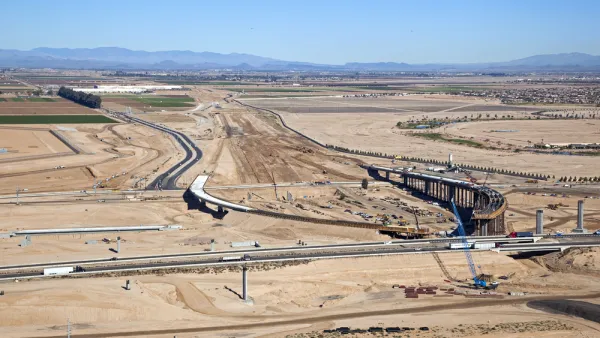
FEATURE
The Culture Clash at State DOTs Over Greenhouse Gas Emissions
Whether state departments of transportation support or oppose a new rule aimed at reining in carbon emissions in transportation reflects an urban-rural, red-blue divide.

BLOG POST
The Right to a Healthy Environment: Not as Healthy as One Might Think
Some state constitutions provide that citizens have the right to a healthy environment. But these seemingly innocuous provisions may lead to counterproductive results.
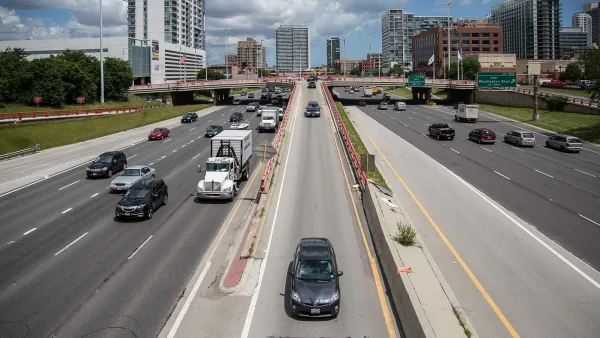
BLOG POST
Driving as a Risk Factor: A New Paradigm
New strategies are needed to achieve ambitious safety goals such as Vision Zero. This requires a paradigm shift, a change in the ways risks are measured and potential safety strategies evaluated.
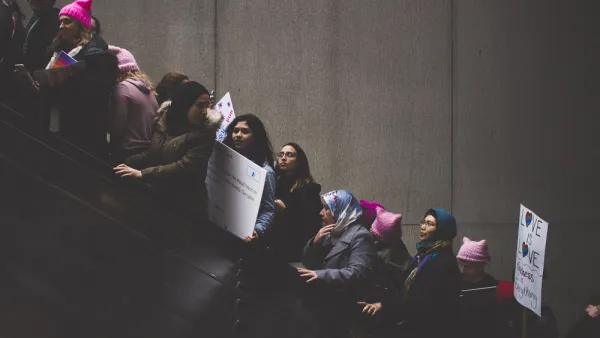
FEATURE
Breaking the Bias on Public Transport
How gender-sensitive data collection can make public transit safer for women.

BLOG POST
EPCOT: The Original 'Smart City'
What can today’s futurists learn from Disney’s unrealized utopia?

PLANOPEDIA
What Is a Woonerf?
The woonerf, a type of road design that encourages multimodal transportation and blends pedestrian and vehicle space, was born as a reaction to the car-centric development that began dominating American and European city planning in the mid-twentieth century.
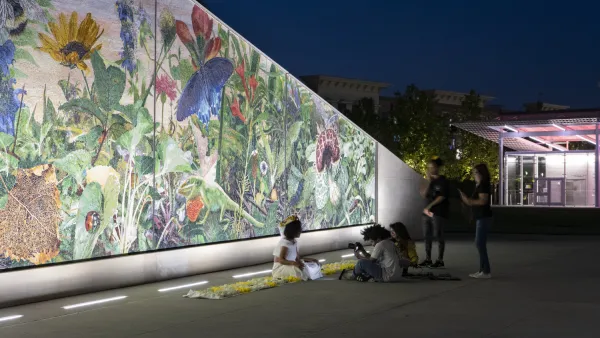
FEATURE
Placemaking: Building on the ‘Soul’ of a Place
Placemaking is often mistaken for a form of manufacturing. Every place already has a story to tell—placemaking just brings that story forward.

FEATURE
Three Planning Innovations, a Century Later
Three events turning 100 this year have had a long-lasting impact on the shape of American urban design and land use.

PLANOPEDIA
What Is a Variance?
Variances allow for development projects to deviate from the zoning code on a case-by-case basis—if the project developer can prove a unique economic or physical hardship.
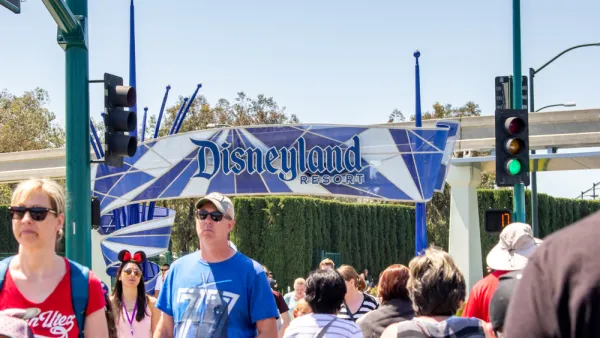
BLOG POST
Disneyland Is Too Crowded. Is More Capacity Needed?
Disneyland has a plan to create more supply to meet contemporary demand, a strategy reminiscent of contemporary debates surrounding housing and transportation.
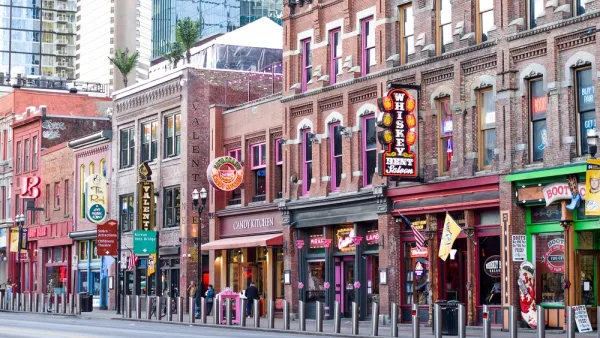
BLOG POST
How Adaptive Retailers Contribute to Positive Urbanization
Retailers must respond to changes to stay successful, and urbanization is one of the major factors influencing changing circumstances. Retail representatives that react with care and thoughtfulness contribute to positive urbanization.
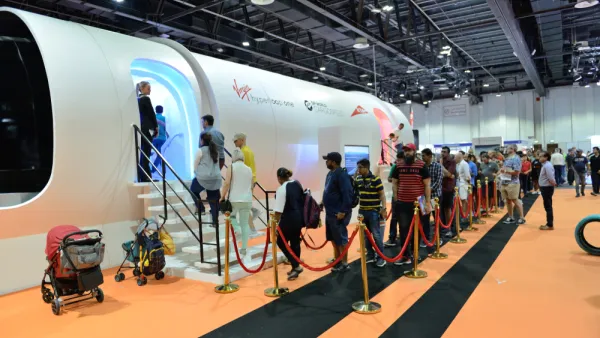
BLOG POST
The Hyperloop’s Prospects Dim
The media is coming around to the idea that the hyperloop is not a near-term solution for the country’s transportation woes. It’s too little, too obvious, too late.
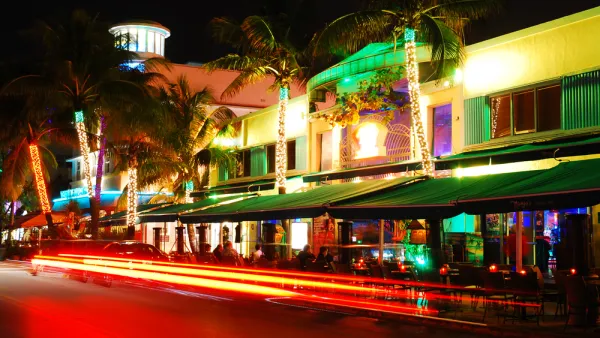
FEATURE
Revamped Curb Management Strategies Among Pandemic Changes Likely to Stick in Cities
With so many more people working from home, ordering delivery, and moving around the public realm in new ways, advanced curb management strategies are among the pandemic-era innovations likely to stick long into the future.
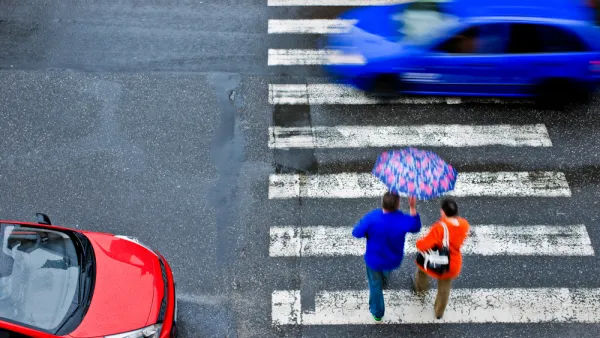
BLOG POST
A Legal Perspective on Transportation Safety
Legal scholars are showing how the federal government frustrates pedestrian safety.
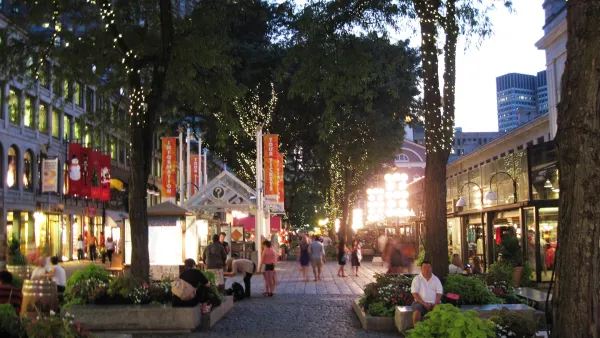
FEATURE
Making Healthy Places
The editors of the book "Making Healthy Places," recently published in a second edition by Island Press, discuss the intersections of public health and planning, including key concepts such as green gentrification, health impact assessments, and AI.
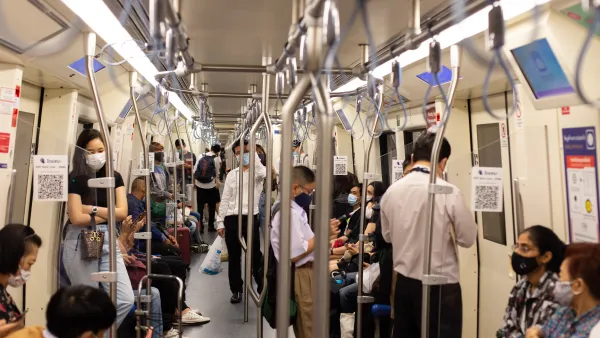
FEATURE
A Sustainable Future Requires Smart, Data-Driven Public Transport Networks
Devin de Vries, CEO of WhereIsMyTransport, makes the case for new and improved mobility as a tool for sustainability and equitable economic development.

PLANOPEDIA
What Are Zoning Amendments?
Zoning amendments change the existing zoning code by either of two methods: changing the text of the zoning code or changing the zoning map.
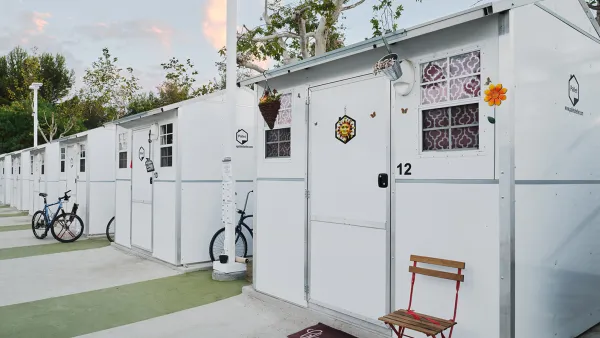
FEATURE
The Role of Microhousing in Ending Chronic Homelessness
Affordable, quick-build ‘tiny homes’ can serve as a key stepping stone to a permanent housing situation for people experiencing homelessness.

BLOG POST
Cool Planning for a Hotter Future
Global warming increases the importance of designing buildings and communities that are comfortable, efficient, and safe in hot conditions.
Pagination
EMC Planning Group, Inc.
Planetizen
Planetizen
Mpact (formerly Rail~Volution)
Great Falls Development Authority, Inc.
HUDs Office of Policy Development and Research
NYU Wagner Graduate School of Public Service
Urban Design for Planners 1: Software Tools
This six-course series explores essential urban design concepts using open source software and equips planners with the tools they need to participate fully in the urban design process.
Planning for Universal Design
Learn the tools for implementing Universal Design in planning regulations.


































